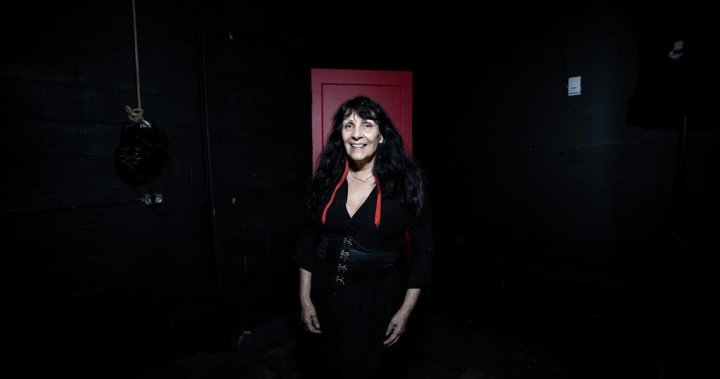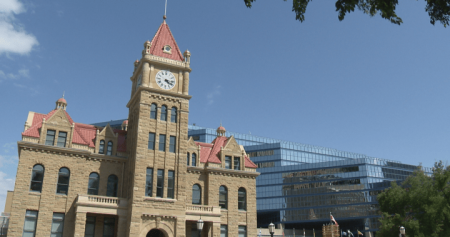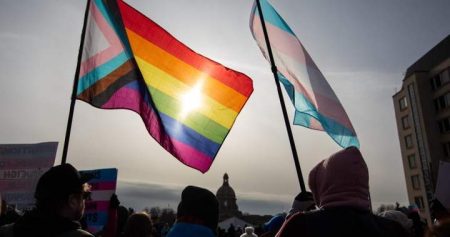The Revolutions Red Dress Fashion Festival in British Columbia is a powerful event where models are showcasing uniquely designed red dresses to raise awareness about missing and murdered Indigenous women, girls, and two-spirit people. The festival, organized by Kim Coltman, features eight designers who have created items to honour Red Dress Day, a national day of awareness observed annually on May 5. Many of the designers participating in the festival have a personal connection to the issue, making the stories shared through the fashion deeply moving. Red Dress Day was inspired by Métis artist Jamie Black’s installation project, which used red dresses as visual reminders of the number of Indigenous women who have been killed or are missing.
Kim Coltman, a former model and survivor herself, has been deeply affected by the issue of violence towards Indigenous women and girls. Her mother was a residential school survivor, and Coltman herself has experienced trauma in her childhood. Despite her struggles, fashion has empowered Coltman, leading her to create Fashion Speaks International in 2015. The organization has produced fashion shows in multiple countries, showcasing Indigenous designers, models, and artists while also bringing attention to missing women through stories and photos. Coltman believes that watching Indigenous models hold their heads high on the runway is a powerful statement that breaks the behaviors instilled in Indigenous children who were forced to attend residential schools.
Indigenous women and girls in Canada continue to be highly overrepresented as victims of violence, with the homicide rate among Indigenous women and girls being six times higher than their non-Indigenous counterparts between 2009 and 2021. In an effort to address this issue, Canada and Manitoba have announced a partnership for a Red Dress Alert system that will inform the public when an Indigenous woman or girl is reported missing. The pilot project is expected to help inform the development of a national alert system to better protect Indigenous women and girls. Darlene Okemaysim-Sicotte, co-chair of Iskwewuk E-wichiwitochik (Women Walking Together) in Saskatchewan, has been working to end violence against Indigenous women for nearly two decades. She emphasizes the importance of looking beyond the red dresses to the women they represent, ensuring that missing individuals are not forgotten and are remembered with dignity.
The red dress is a powerful symbol in Indigenous culture, as it is believed that ancestors can see the color red. Placing red garments in public spaces across the country serves as a reminder of the missing and murdered Indigenous women, preserving their memory and calling for justice. Okemaysim-Sicotte stresses the importance of remembering the women behind the red dresses and honoring their lives and legacies. The Red Dress movement has grown from a visual art project into a national day of awareness, with communities hosting walks, events, and educational gatherings to support Indigenous women and girls. By amplifying the voices and stories of Indigenous individuals through fashion and art, advocates like Kim Coltman and Darlene Okemaysim-Sicotte are working to bring attention to the ongoing issue of violence against Indigenous women and girls in Canada.













